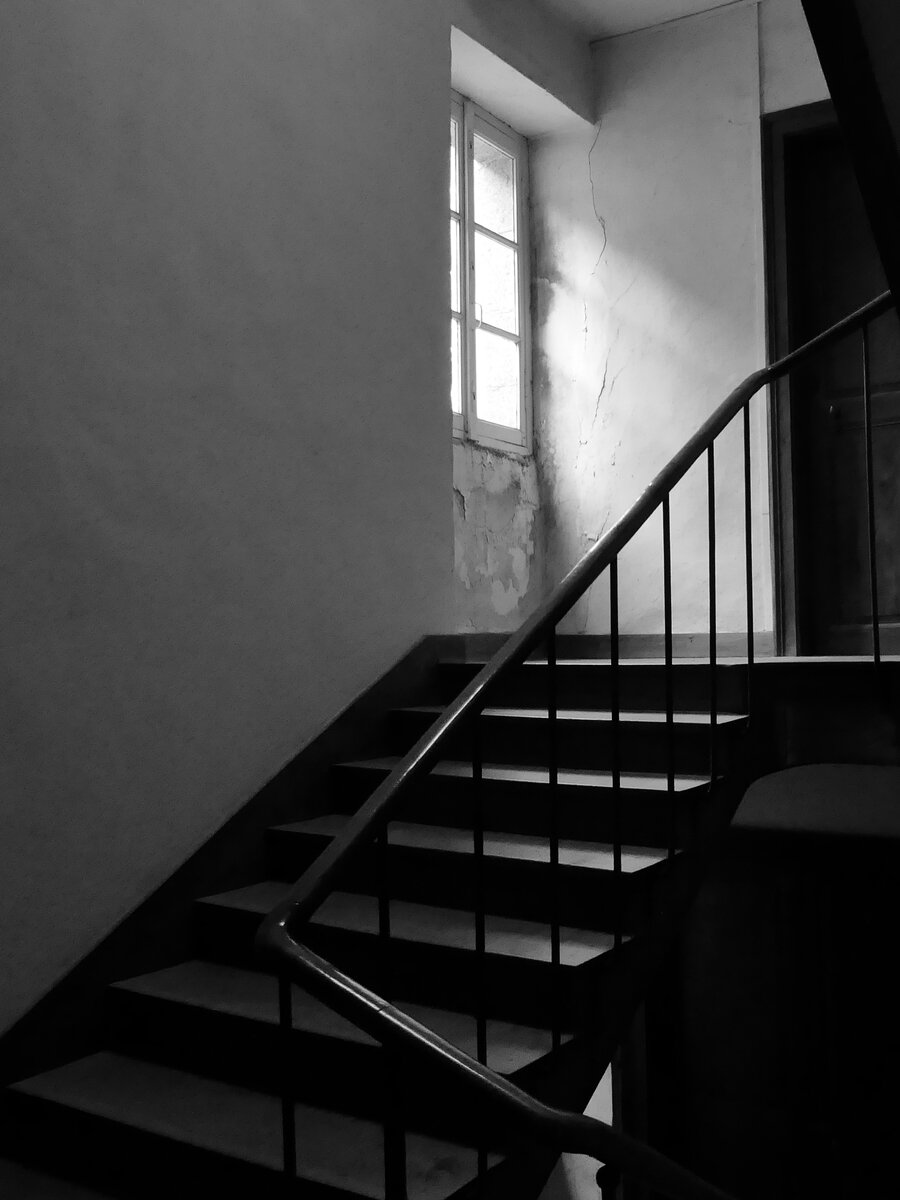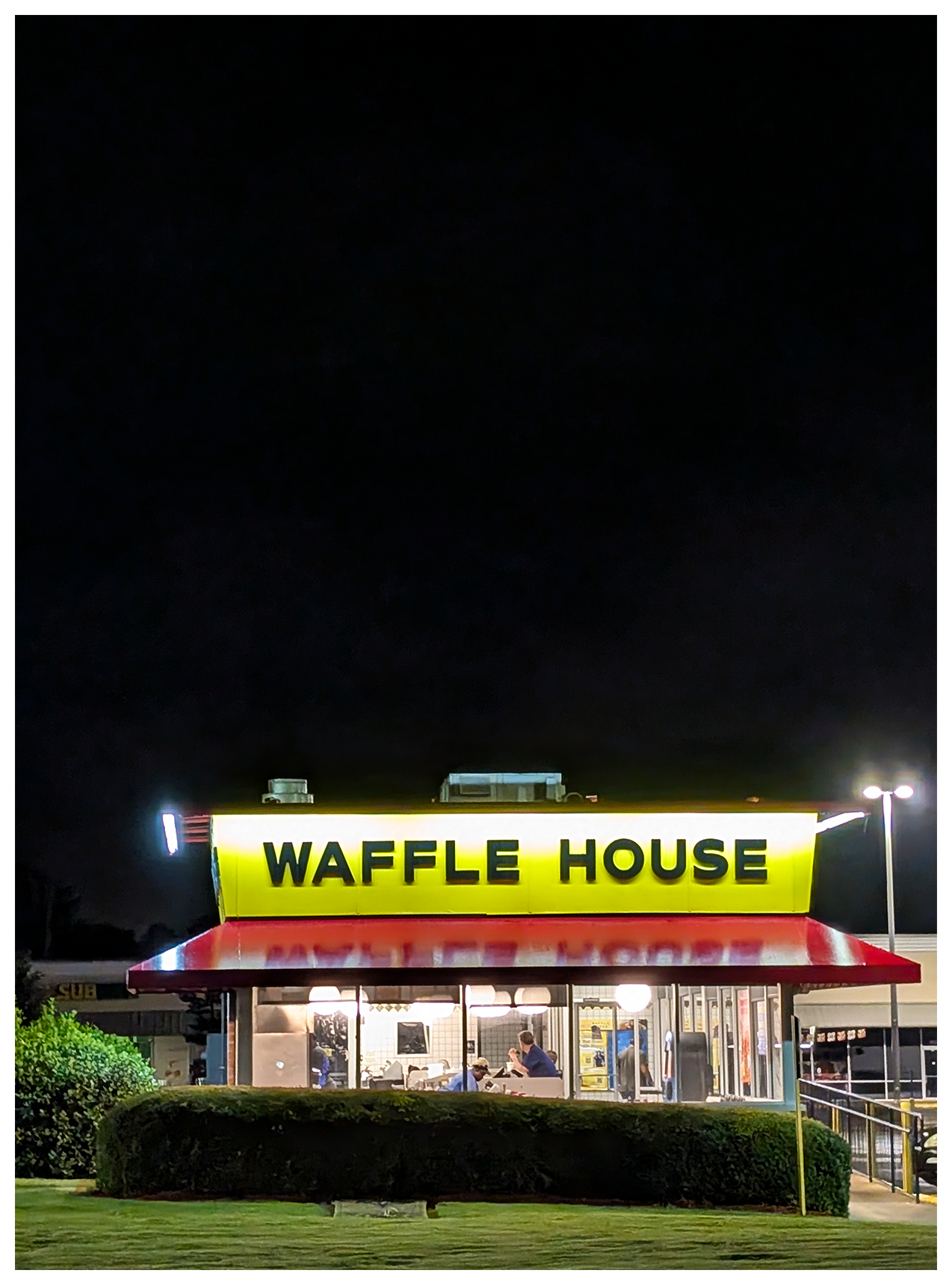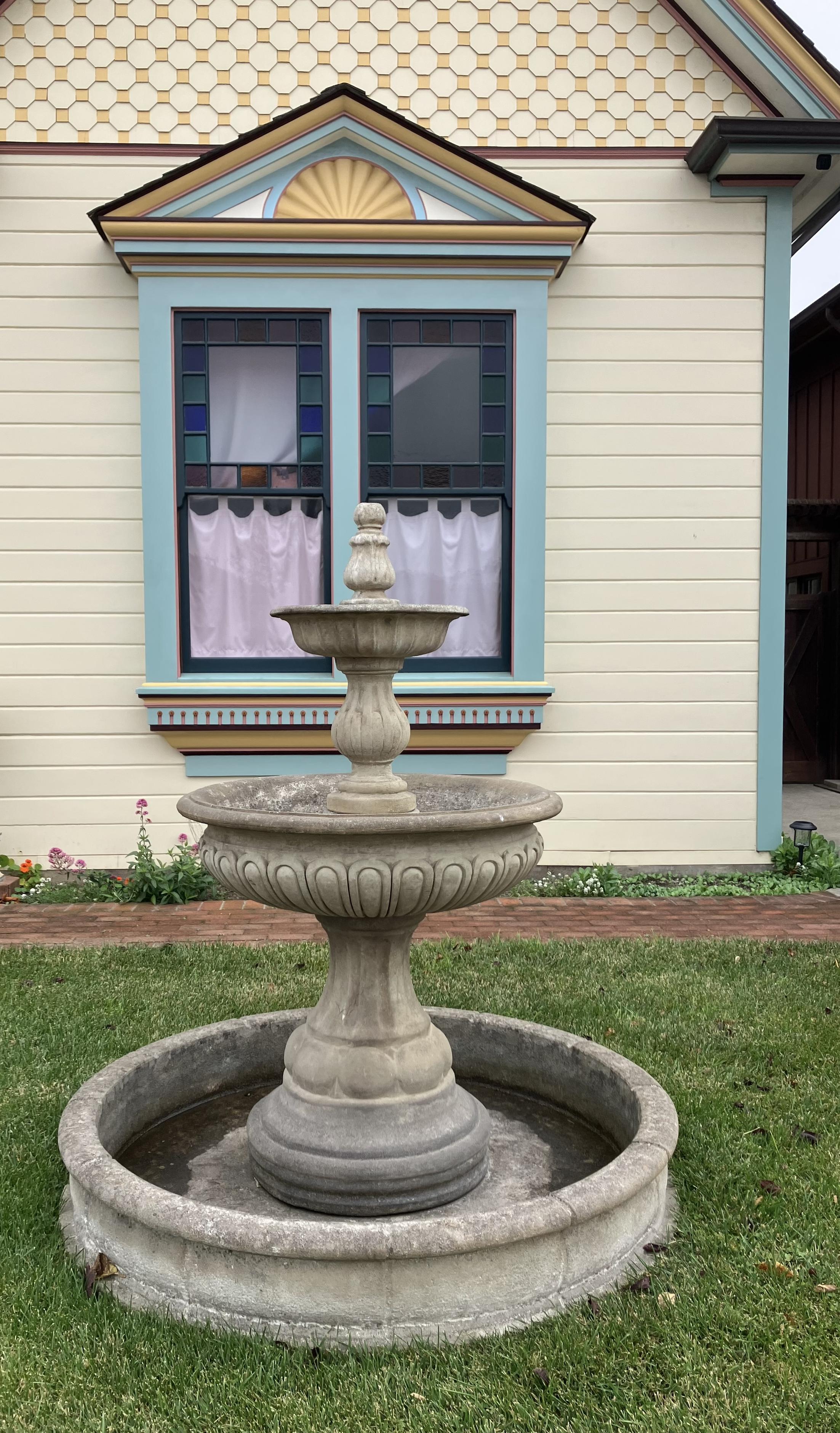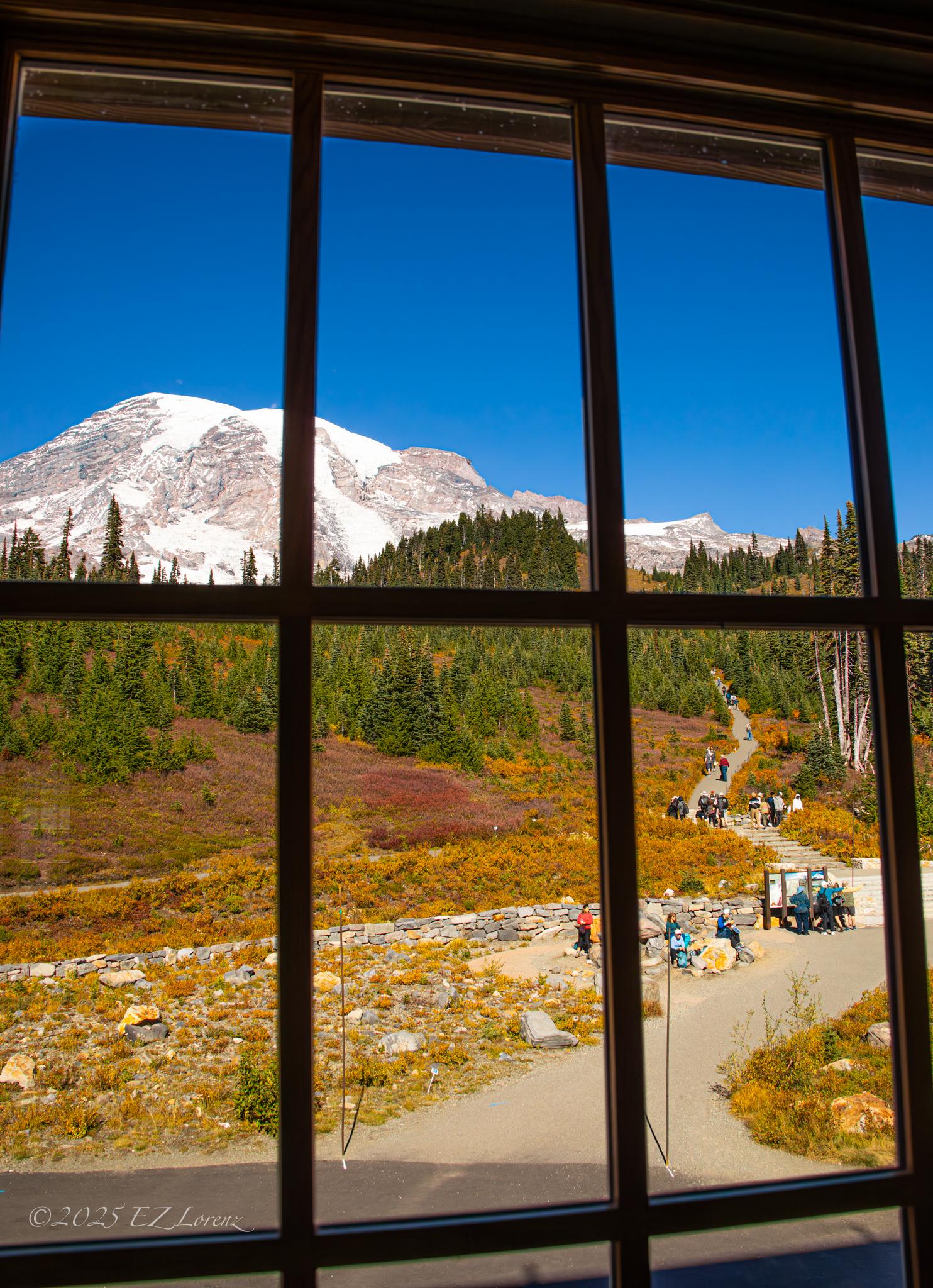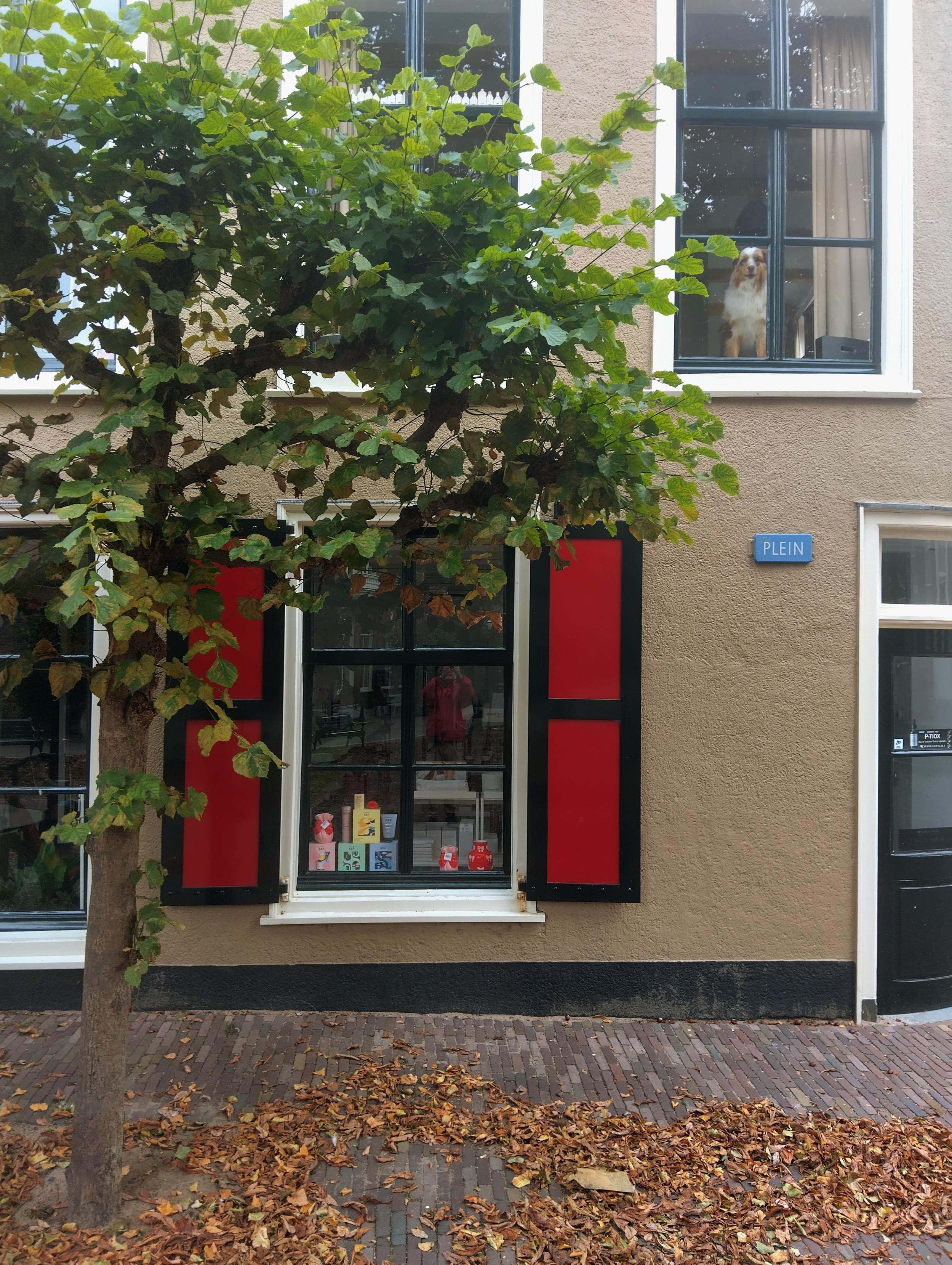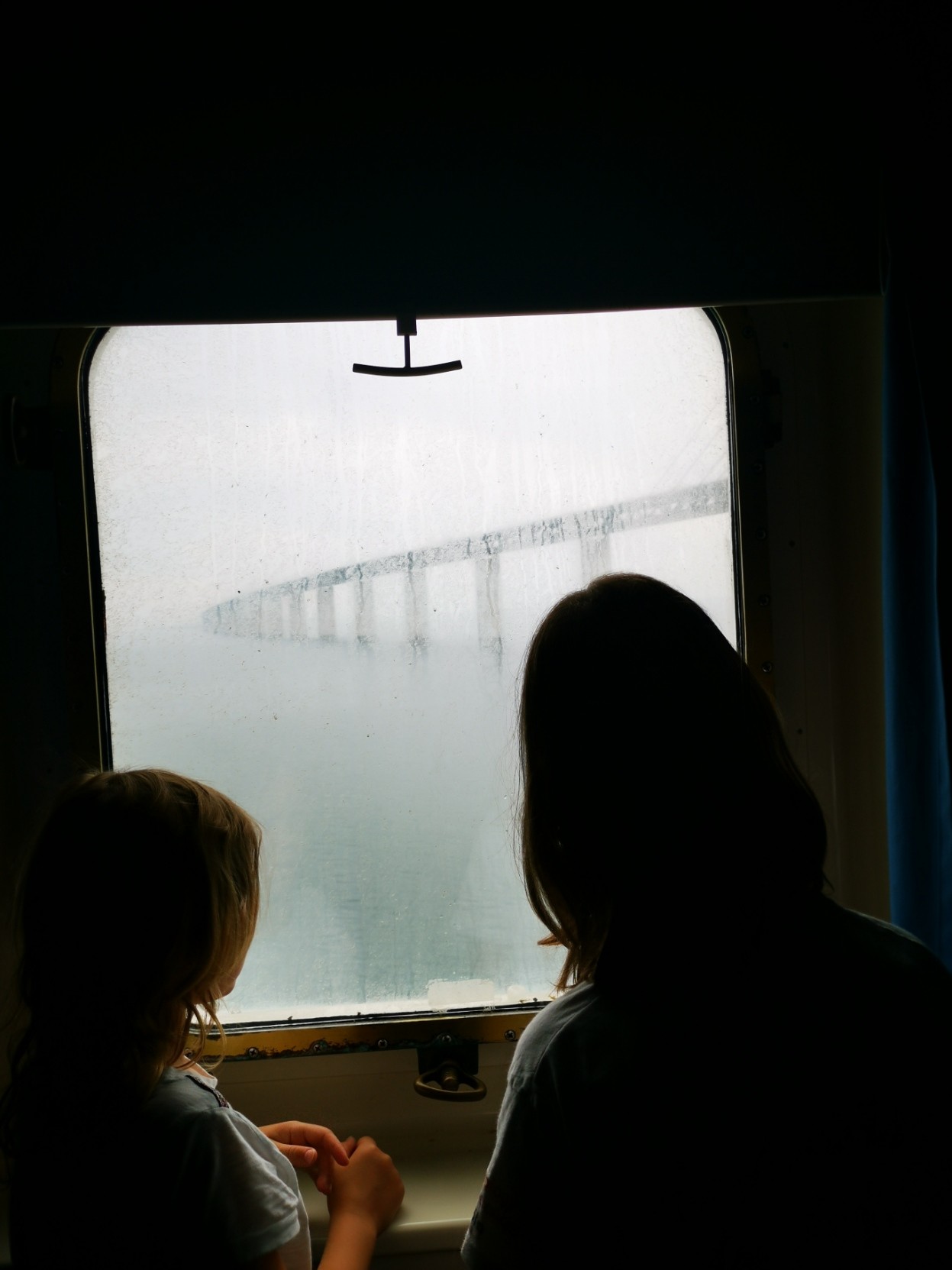Roanoke, Virginia
Roanoke, Virginia
For #FensterFreitag, another window spotted as I wandered around Half Moon Bay.
For #FensterFreitag, another window spotted as I wandered around Half Moon Bay.
There is always a light.
#LostPlace #WindowFriday #FensterFreitag #Photography #Fotografie
There is always a light.
#LostPlace #WindowFriday #FensterFreitag #Photography #Fotografie
#WindowFriday
Autumnal view of Tahoma through the window.
https://ez-lorenz.pixels.com/featured/autumnal-view-of-tahoma-through-the-window-ez-lorenz.html
#Washington #PNW #Photography #Mountains #Nature #Hiking #Autumn #Fall #PhotoOfTheDay #ArtForSale #Prints #HomeDecor #GreetingCards #Puzzle #Gifts #Giftideas #FediGiftShop
One of my favourite stays in Iceland was at the Lake Hotel Egilsstaðir (pictured), where the spousal unit got to be the resident cat-wrangler. There was a farm/barn cat that kept wandering into the lobby where it wasn't supposed to be, but the receptionist refused to pick it up and take it out because they said they were allergic to cats, so the spousal unit volunteered to do it for them. Happily, I must add. He loved that cat. We made a point to say goodbye to it before we left. 😂 (October 2017}
#WindowFriday
Autumnal view of Tahoma through the window.
https://ez-lorenz.pixels.com/featured/autumnal-view-of-tahoma-through-the-window-ez-lorenz.html
#Washington #PNW #Photography #Mountains #Nature #Hiking #Autumn #Fall #PhotoOfTheDay #ArtForSale #Prints #HomeDecor #GreetingCards #Puzzle #Gifts #Giftideas #FediGiftShop
